Why d’ya think we don’t just fly back to our boat in Mexico? Seems like driving our truck all the way from Atlanta to Tucson and back down to San Carlos, taking well over a week to do so, wouldn’t be worth it. Well, aside from the awesome convenience of a car during hauling out and launching periods…
It’s because of… THE LIST.
We need to get all that crap back somehow!
Another year, another LIST.
THE LIST begins the moment we arrive back in Mexico. It develops gradually as we travel… as stuff breaks and we need a new widget, or as we run low on this cleaner or that goop.
Nearing the end of the season, THE LIST balloons as we consider what we really want to repair, improve upon or outright replace next year… incurring mood swings as it ages.
- By the time we leave Indigo, THE LIST has grown into a spoiled child who keeps whining for more and more stuff. Think Cartman. “But Moooom.” Alright dear. You can have whatever you wish.”
- Once we’re IN the States, amongst every big box store imaginable, THE LIST turns into an almost-broke-but-who-cares millennial, “Oooh preettty, I totally NEED that pair of high heels”. Wait, high heels for the boat? It’s not on THE LIST. You’re joking right? Preeetttyyy. $$$ Ching, ching. Picture a penniless Kardashian.
- As the summer winds down, in preparation to leave, THE LIST evolves into an efficient, middle-aged, middle-manager. Every day, another order... 2 days later, another box. Check! Next item!
- In the last week, after 98% has been purchased, THE LIST devolves into a bloated, badgering wife…like Gloria on Modern Family (minus the bloat, keep the shrill accent)… “But Jay, you already haaave 5 flashlights on the boat! Are you kiiiidding me?”
- In the end, THE LIST becomes Clint Eastwood in Gran Torino… a weathered 80-yr-old… economical, practical…and ornery. He requests things like paper towels because “Mexico cannot make a decent paper product if it bit them in the @#$.” And “For God sakes, how on earth can I never find chocolate chips, anywhere!” Hey, it’s THE LIST talking, not me.
Reasons for adding items to THE LIST varies widely:
- Sometimes, we cannot find certain things in Mexico that are the right shape to fit a space (like trying to find a certain-sized jerry can (holds 5 gal. of diesel) to fit under our cockpit seat).
- Or when we do find it, especially boat maintenance stuff, the price is outrageous due to high import costs (special cleaners, paint, glue, lines… I can go on and on).
- Or maybe they sell it in Mexico, but they don’t sell the brand I want (certain powdered drink mixes like Gatorade and Propel or iced tea without sugar! Or lemon!).
- Or maybe it’s a highly technical part that we’d just rather have manufactured in the States to make sure we can communicate the particulars properly. Like our new, 3ft propeller shaft we had made in Michigan, a piece that must be made of specific stainless grade with zero tolerance for measurement error. Plus, we wanted it done before we got to the boat so we could install it right away. A timing thing.
- Or maybe we could get it done easily in Mexico, but we didn’t feel like (a) researching companies (usually word of mouth) or (b) waiting for them to get around to it once we finally got a quote. When we arrive at the boat in November, we are trying like mad to splash & beat feet out of there; conversely, we had mucho time to wait during the summer. So we loaded our 2, 7ft long sea berth cushions in the truck bed and had the 20-yr-old, crushed and uncomfortable foam switched out for new in Atlanta while working on the van.
- Or because it just may not exist, period. I searched all over La Paz looking for standard, rubber-backed floor rugs after the backing on mine crumbled in the extreme heat, finding squat. Hmmm, probably because the backing crumbles after a couple years in the extreme heat, ya think? OK, fine. But on a pitching boat, our rugs CANNOT slip-n-slide. And we need a couple rugs on our slick teak floor to keep US from slipping & sliding.
Why don’t you Amazon?
Yes, Amazon is increasing its distribution in Mexico. But unlike in the US, most natives are wary of online purchases due to credit card and mail fraud…with very good reason. But if Amazon can make import purchases with guaranteed delivery & hassle free (declaring and paying customs fees online without having to trek to an airport to pick it up, praying it actually arrived, paying more “fees”, bribing an official to “find” it, or any other number of horror stories), sign me up.
Problem is… I have not heard nice enough things about UPS/DHL/FedEx Mexico to take the risk of our direct purchases getting “disappeared”. Most cruisers we know use a local marine supply store to order their parts 3rd party… expensive & takes longer, but they handle the hassles. Until I hear more first-hand success stories on Amazon, I refuse to let my money be the guinea pig. Except for maybe the last season of Game of Thrones.
There Can Be Only One… OK… Two.
Actually, we have TWO LISTS. MY list, that I type into my iPad so I NEVER lose it, consists of VITAL matters like which season of Parks & Rec we need to acquire. BRIAN’s list (THE LIST) is written on a piece of paper (how old school) and consists of IMPORTANT STUFF to keep the boat maintained properly. He likes to scribble schematics on the back, so I get it, but that physical piece of paper always ends up MY responsibility somehow. Why is that?
SO, the worst thing that can happen…is LOSING THE LIST.
Holy hell.
Where’s the list? I thought you had it? I don’t have it. How come you don’t have it?
THE LIST’s proper place is in my computer case. It’s not there. I search all through the thing to no avail, only to find it in a pocket I already checked. Another time, after frantically searching, THE LIST was in my purse (we had taken it into Home Depot). Another time, THE LIST was laying in the truck’s console cupholder. When the door opened, THE LIST blows right out the door! Dear God, NOOOOO! We caught it, headed for the next town, and put it back in its proper place. But not after lots of finger-pointing.
Sometimes, I think THE LIST is trying to run away from his nit-picking, over-burdening parents. Have we given him too much responsibility? Weighing him down with our boat problems…piling on more and more until he can no longer breathe?
You think… maybe… you could take a picture of THE LIST with your phone? Just in case he disappears again?
Yeah. Good idea.

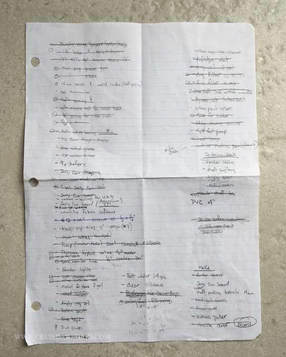
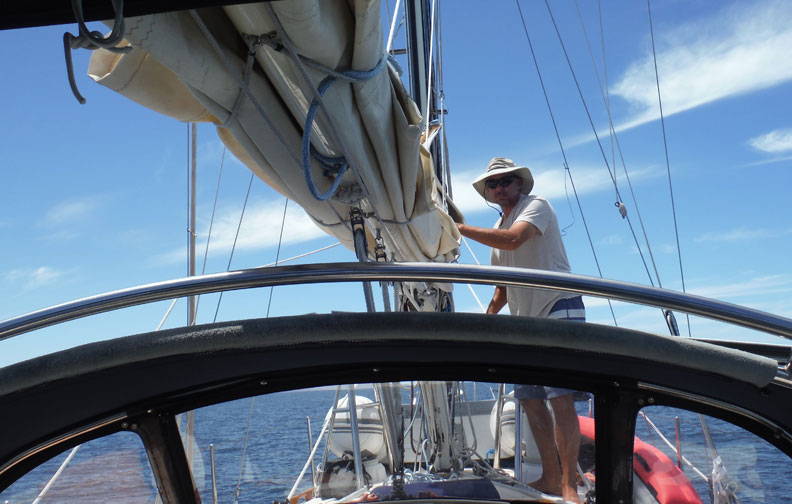

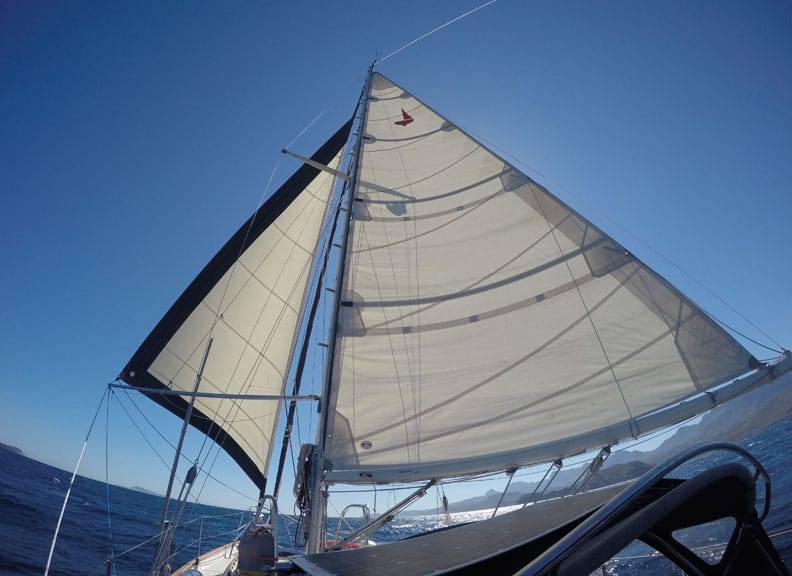
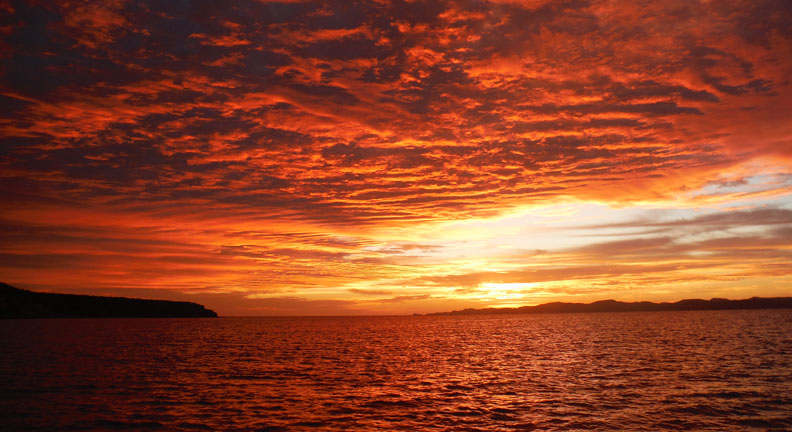
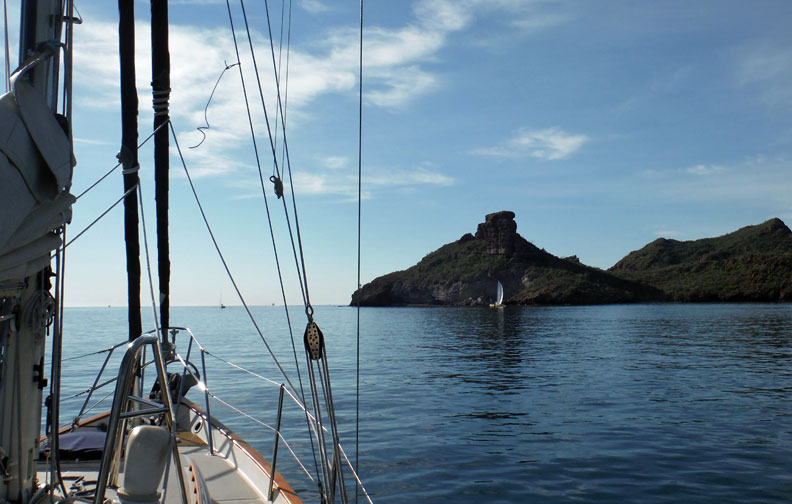
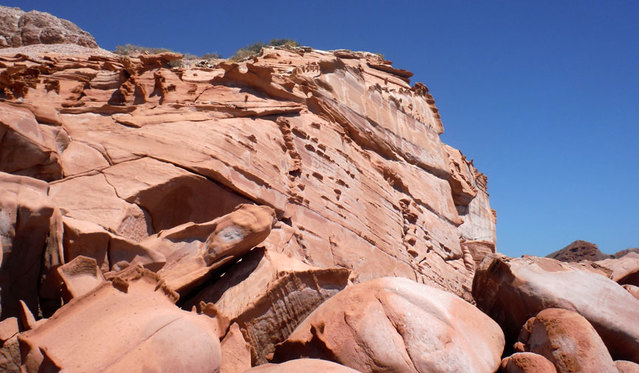
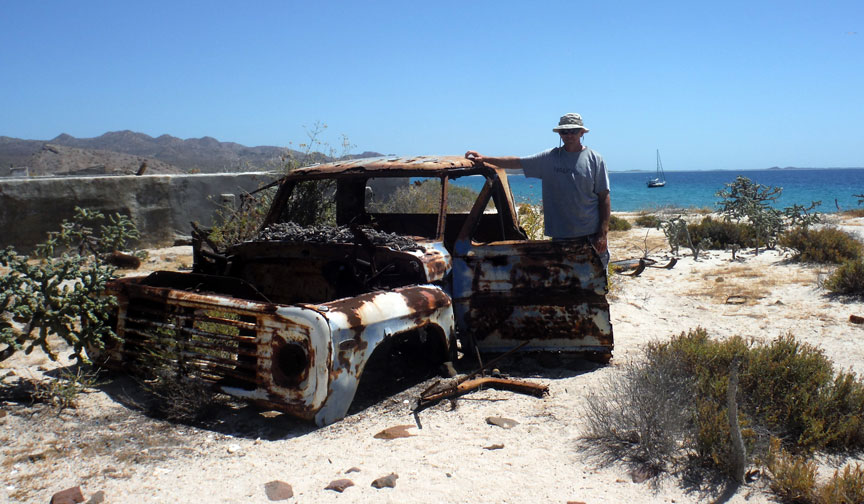
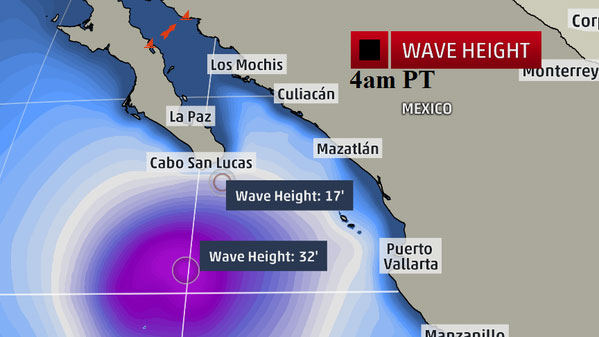
 RSS Feed
RSS Feed
